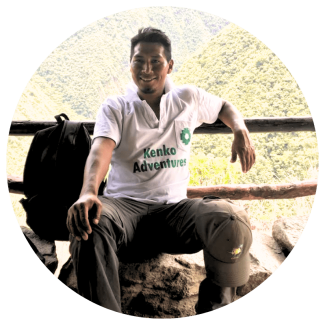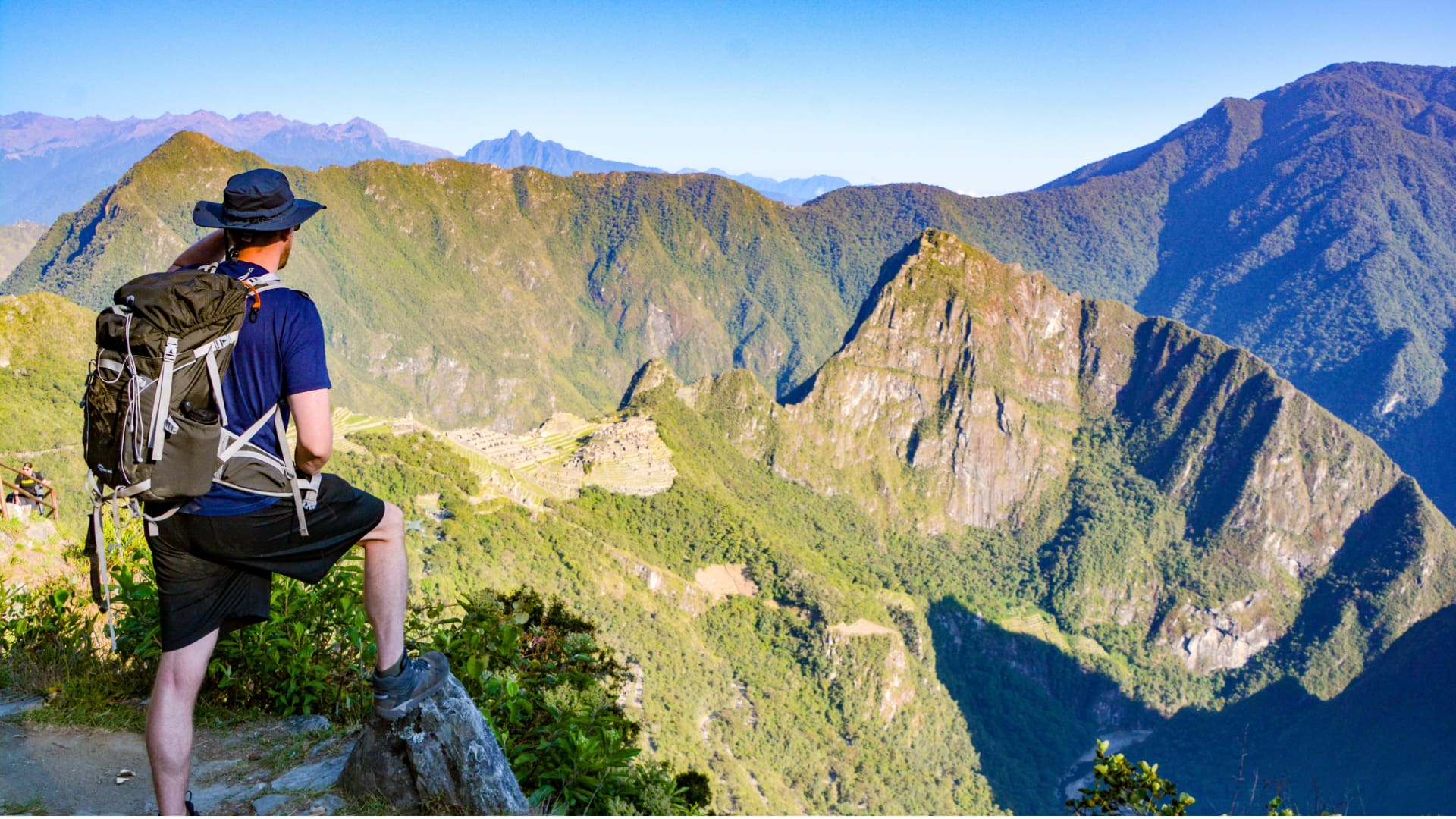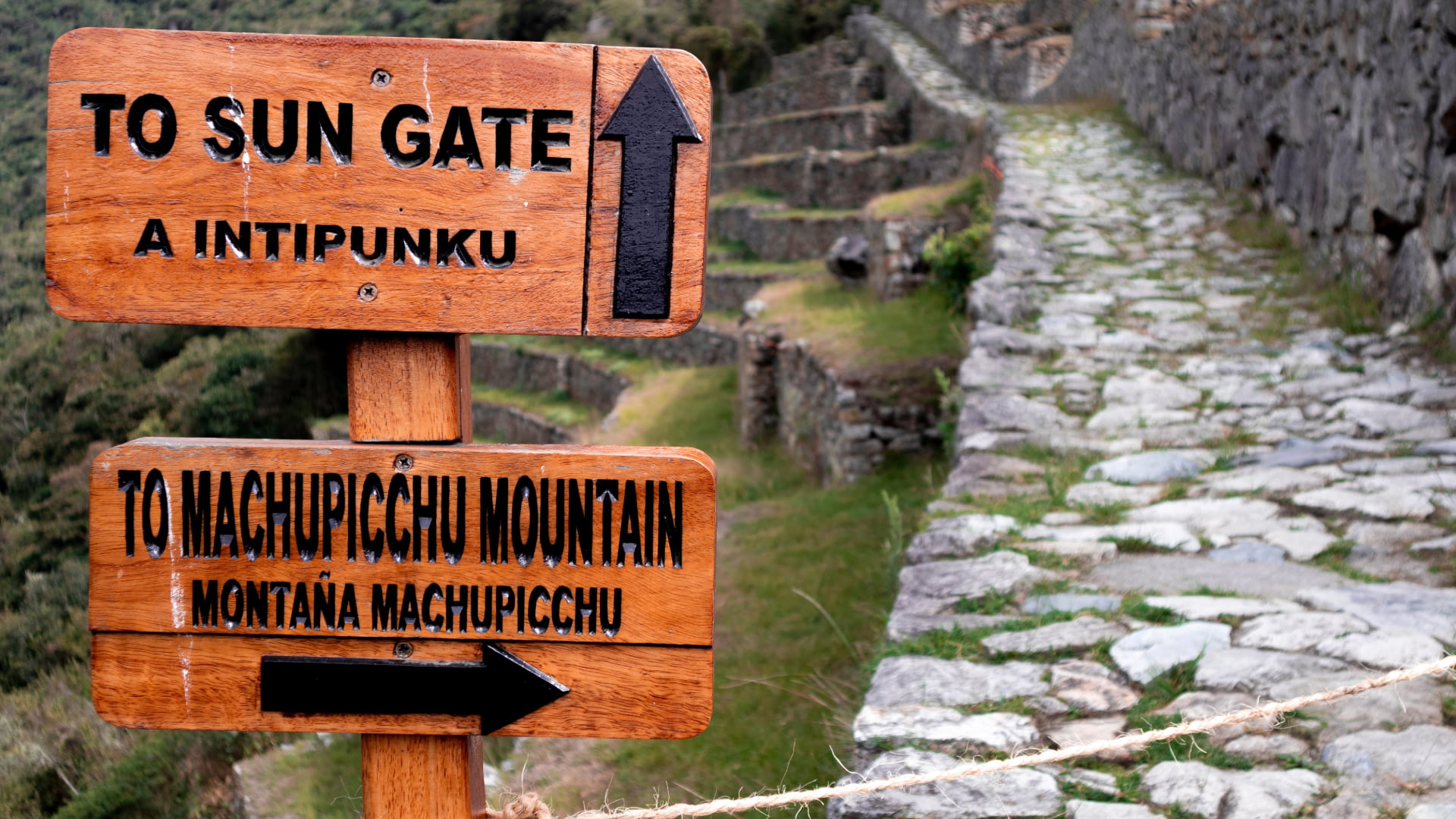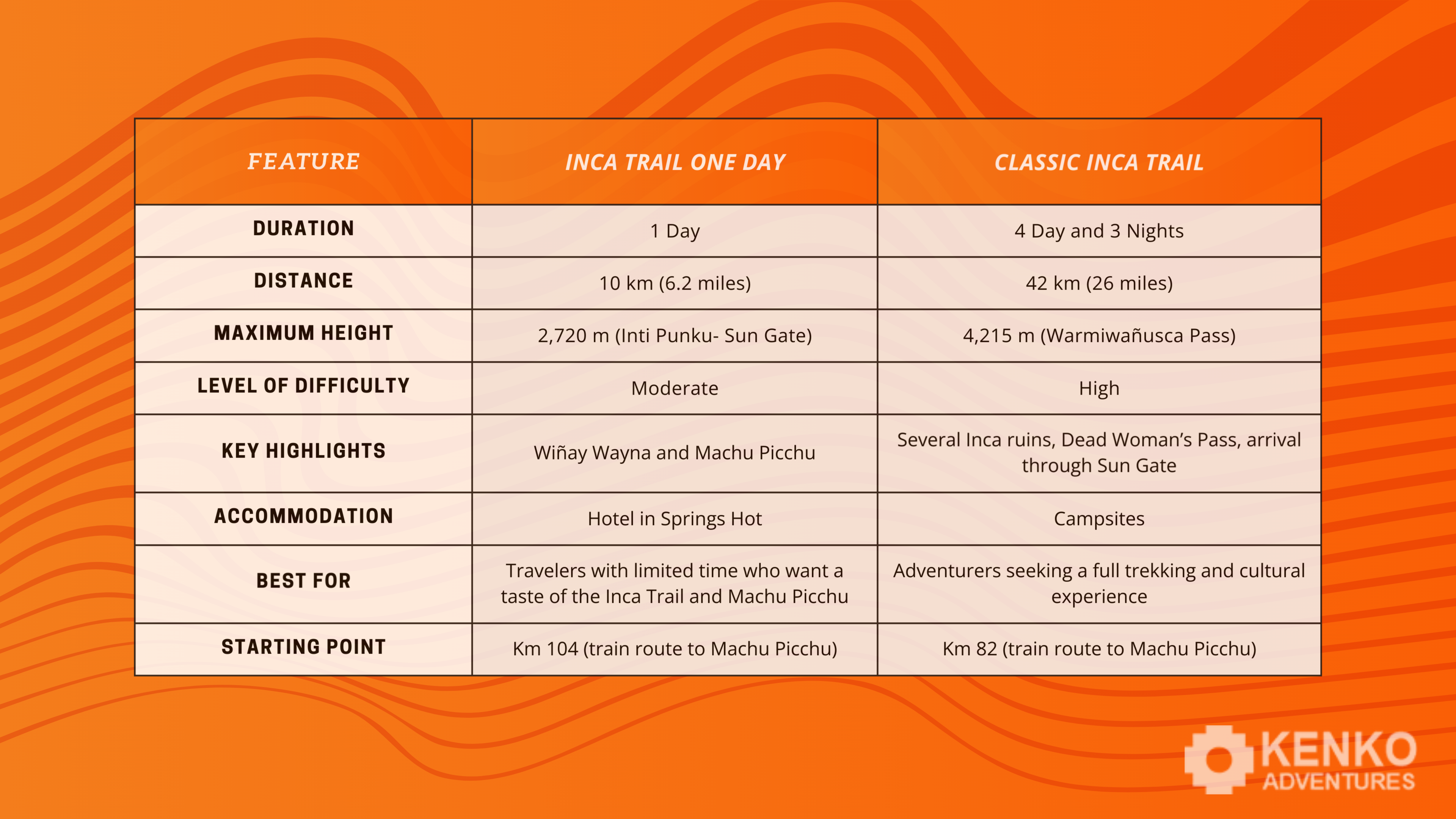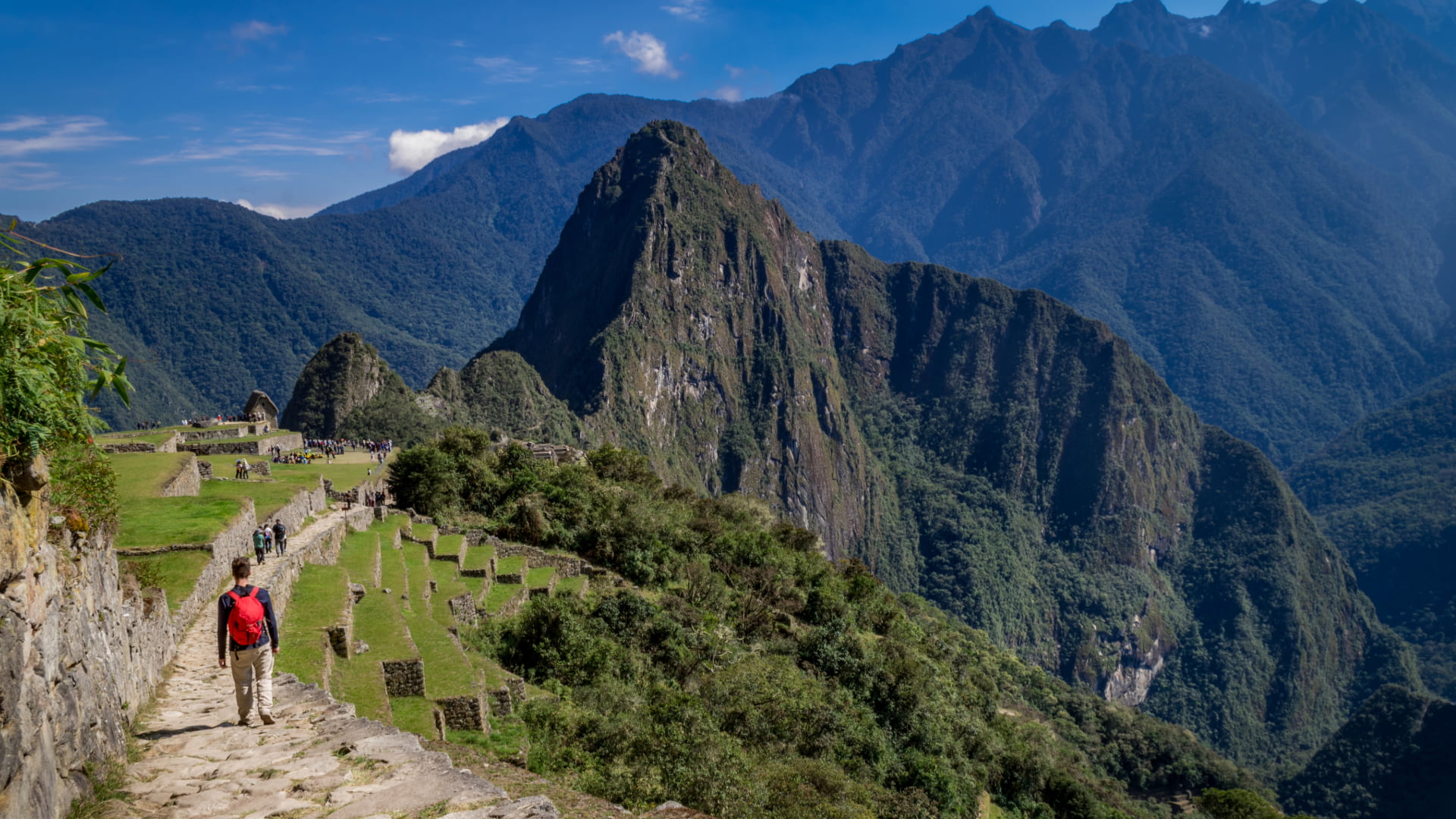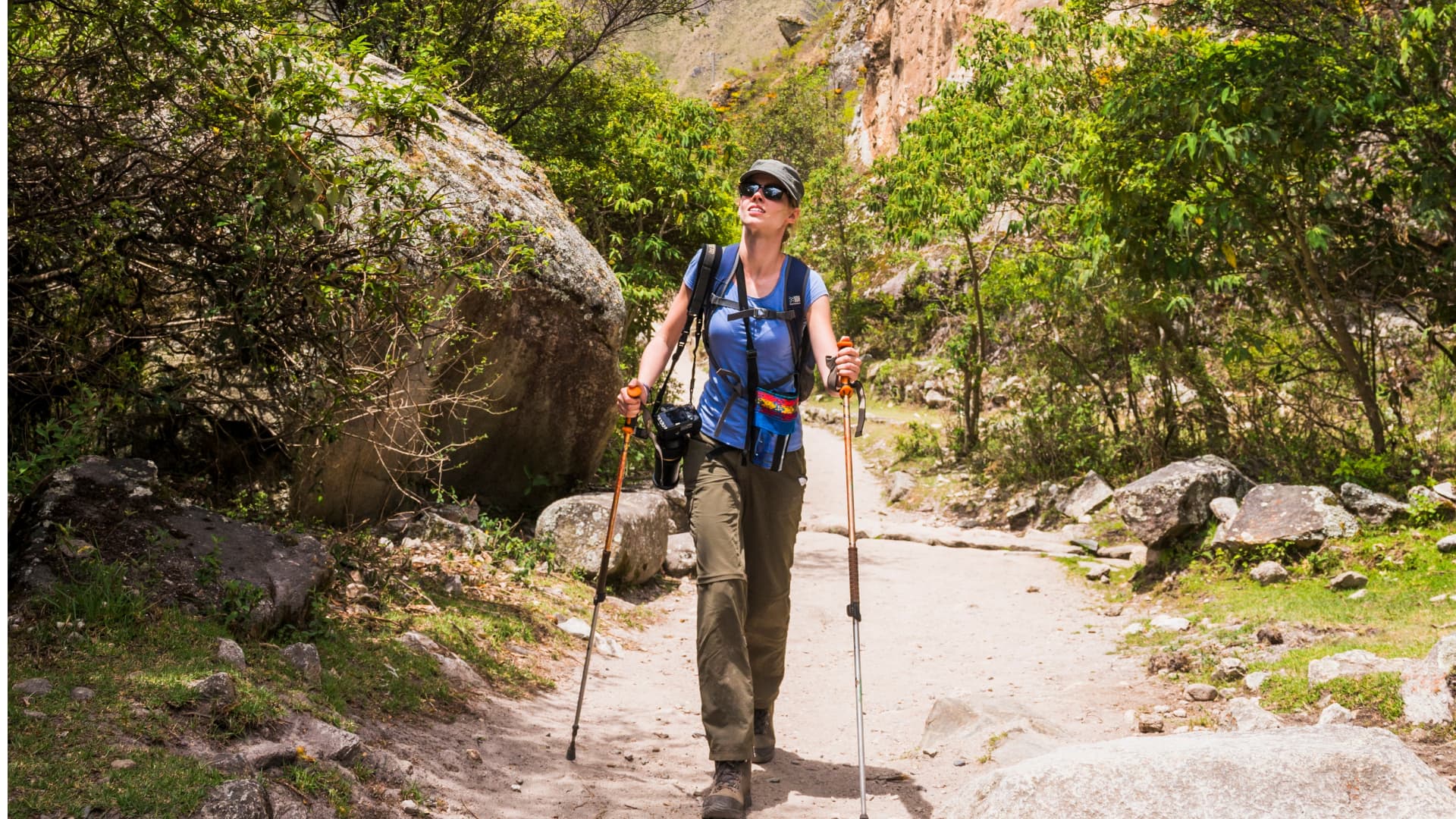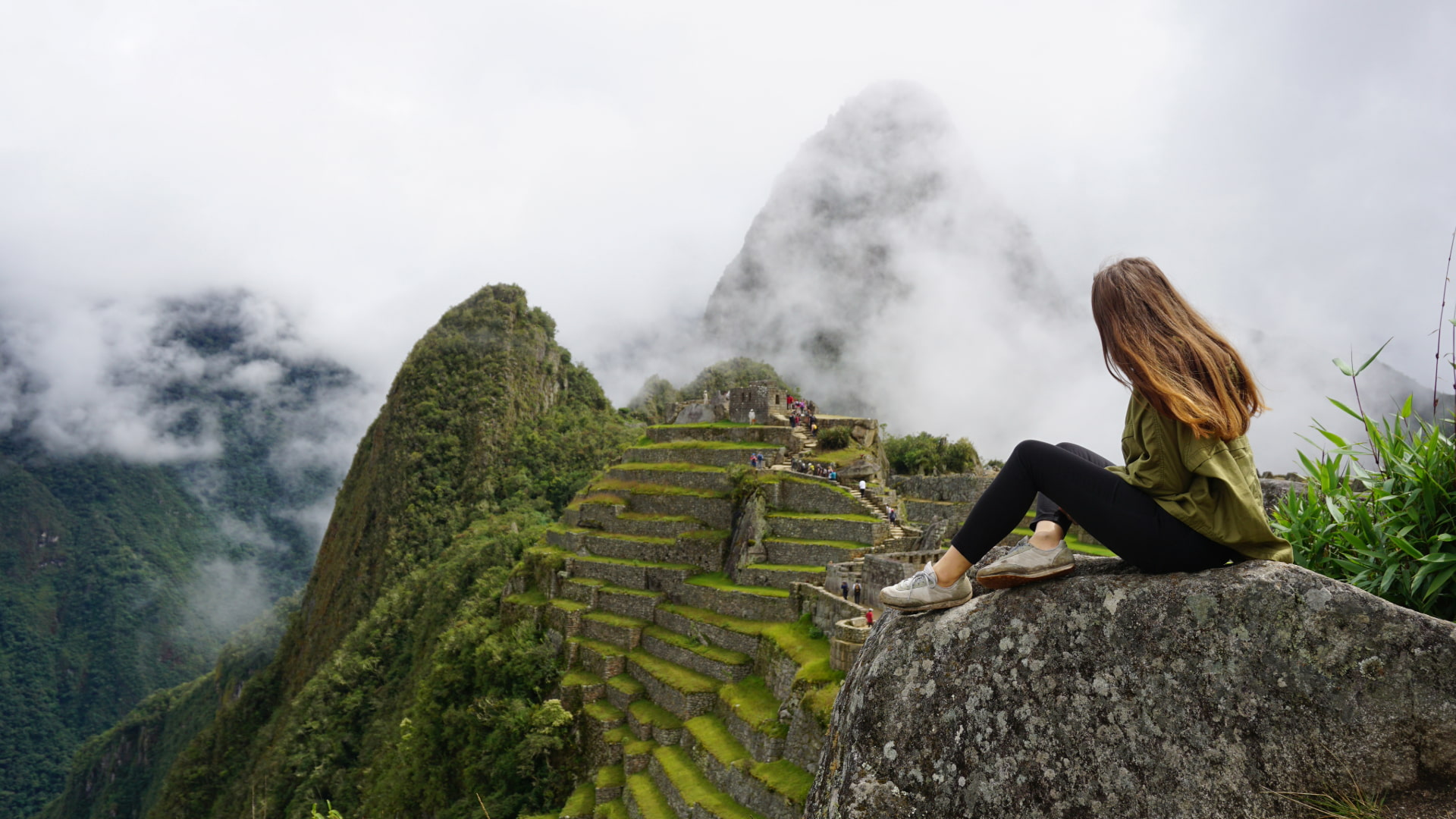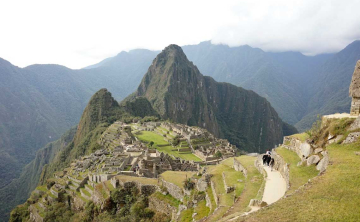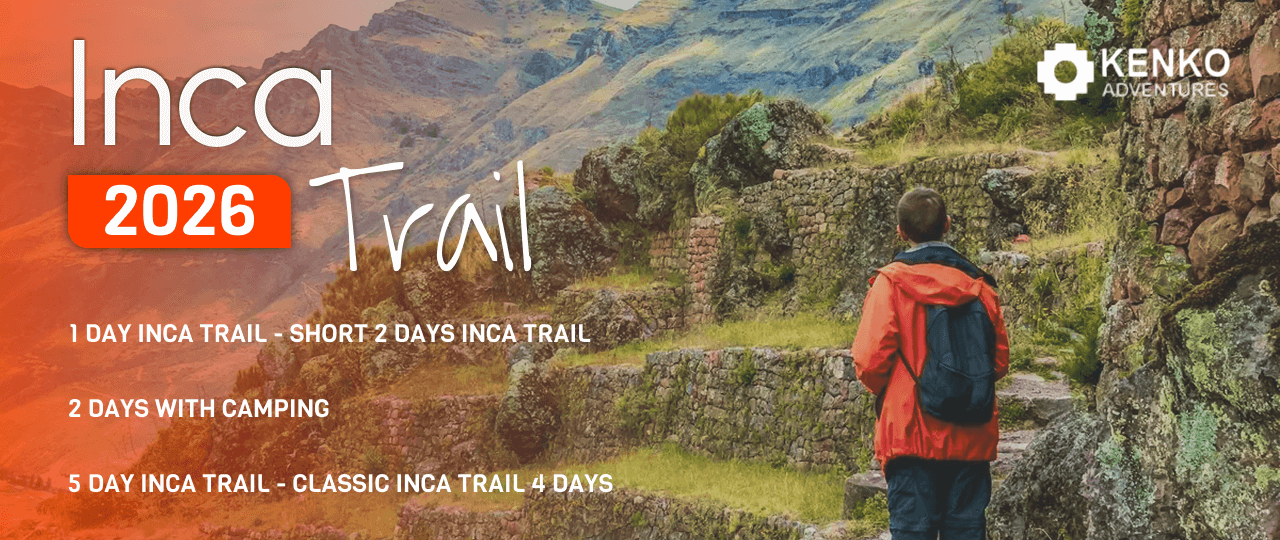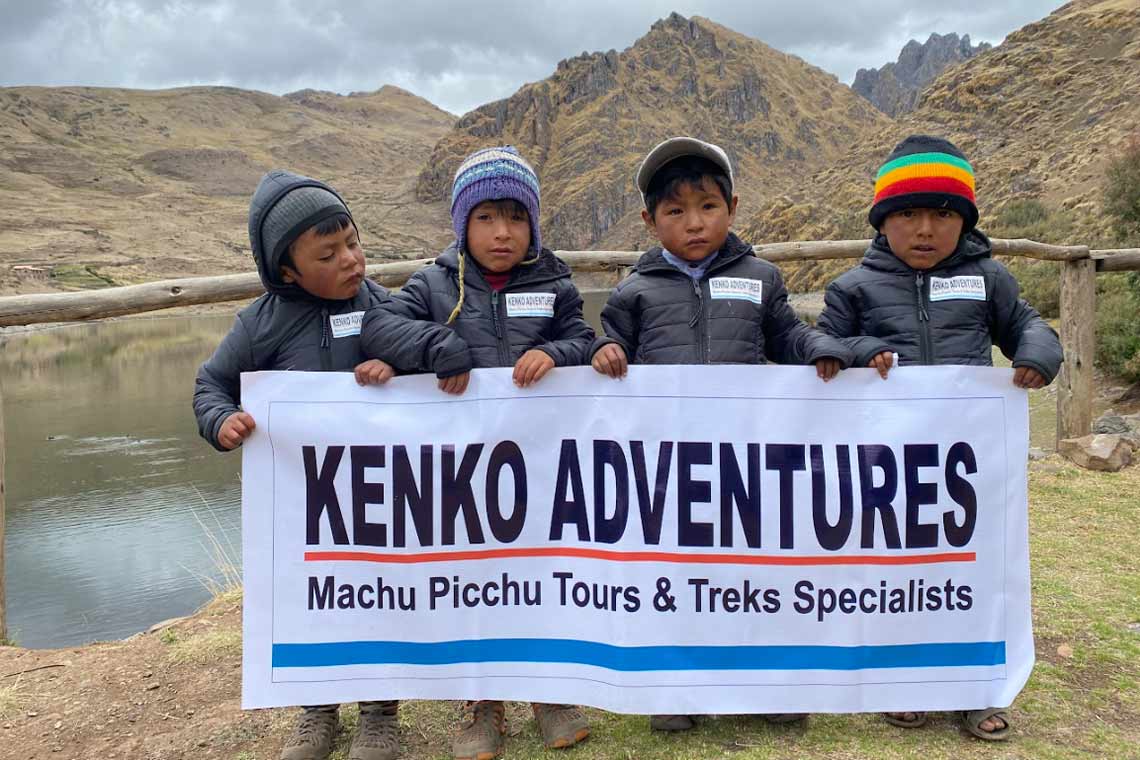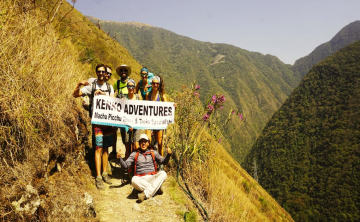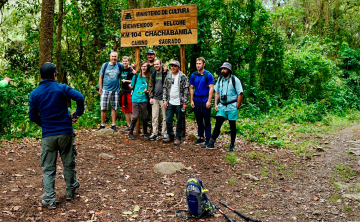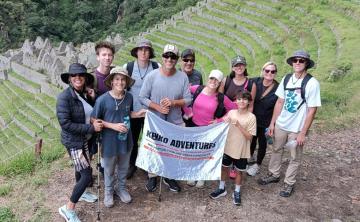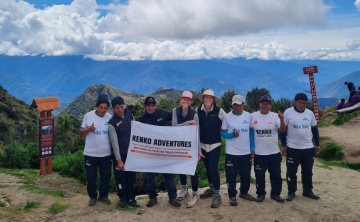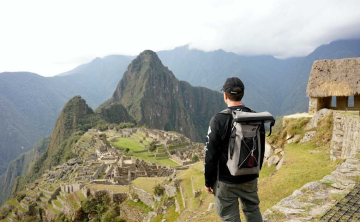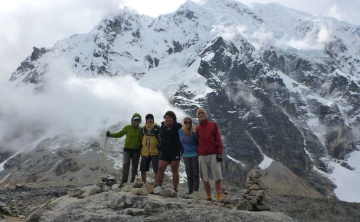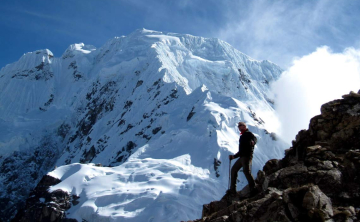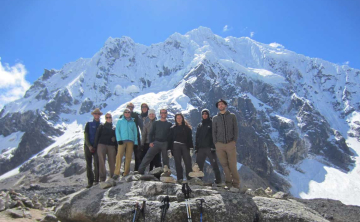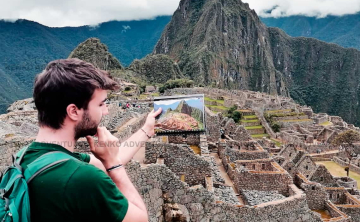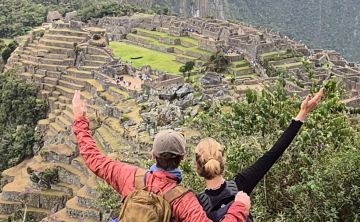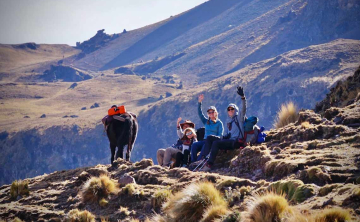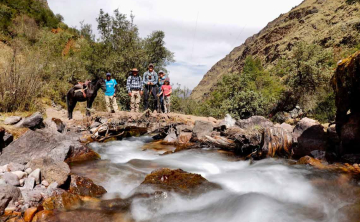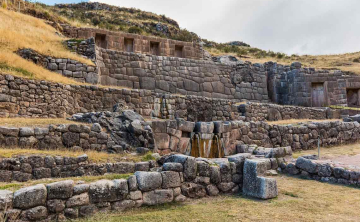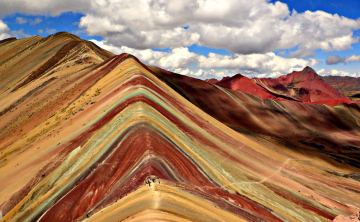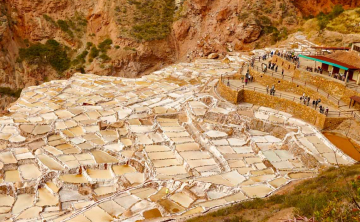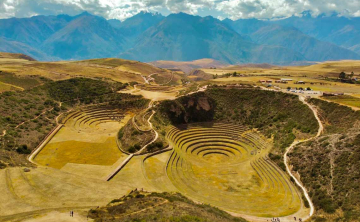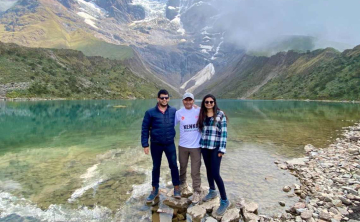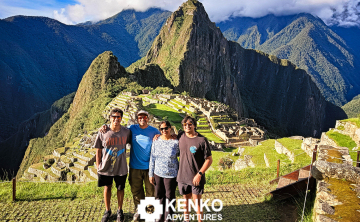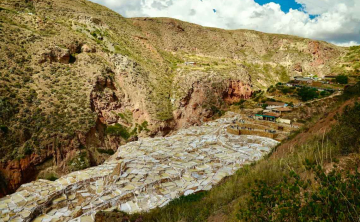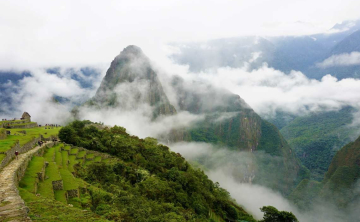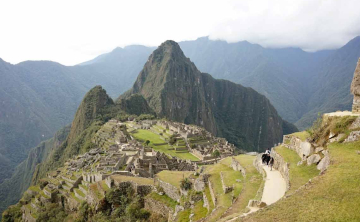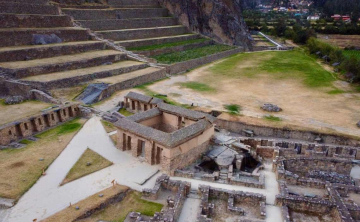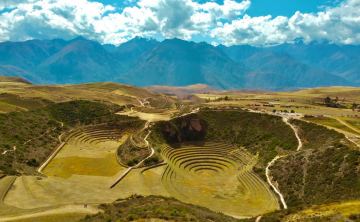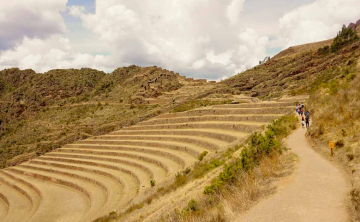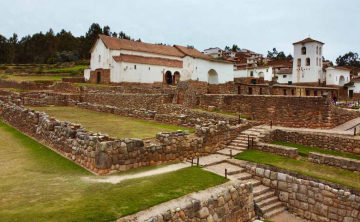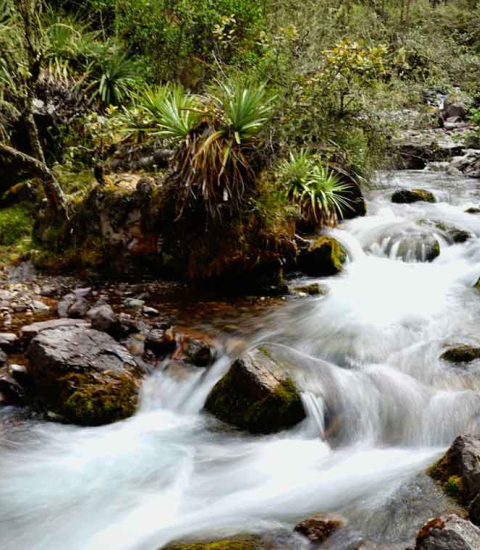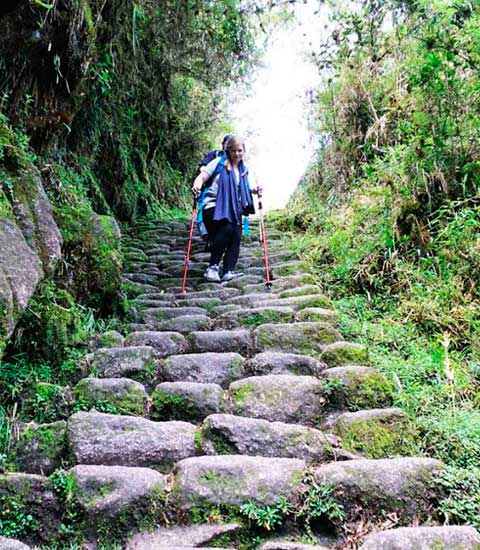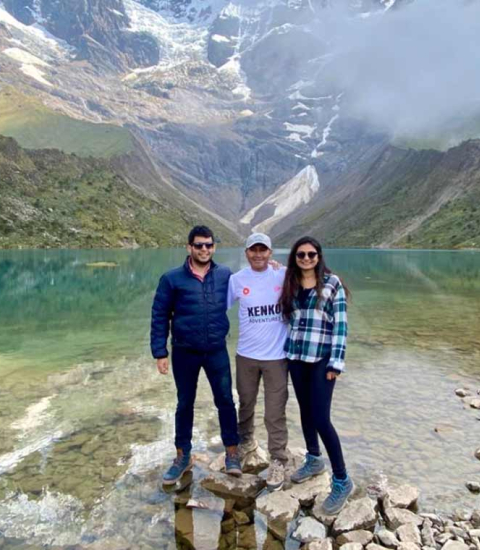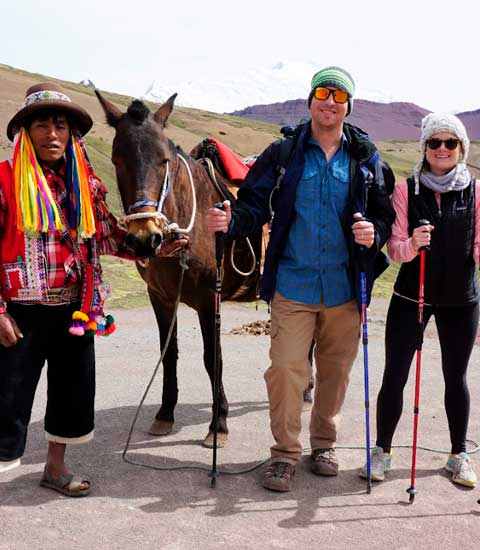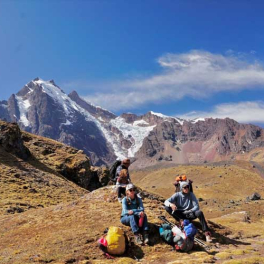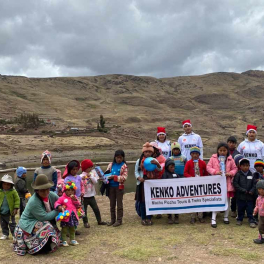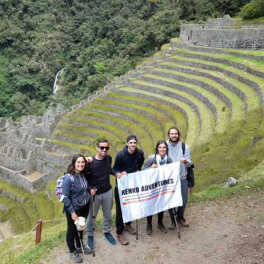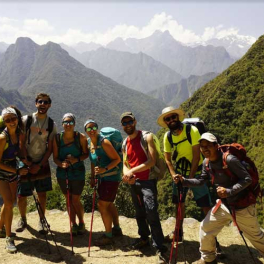Inca Trail One Day Vs Classic Inca Trail
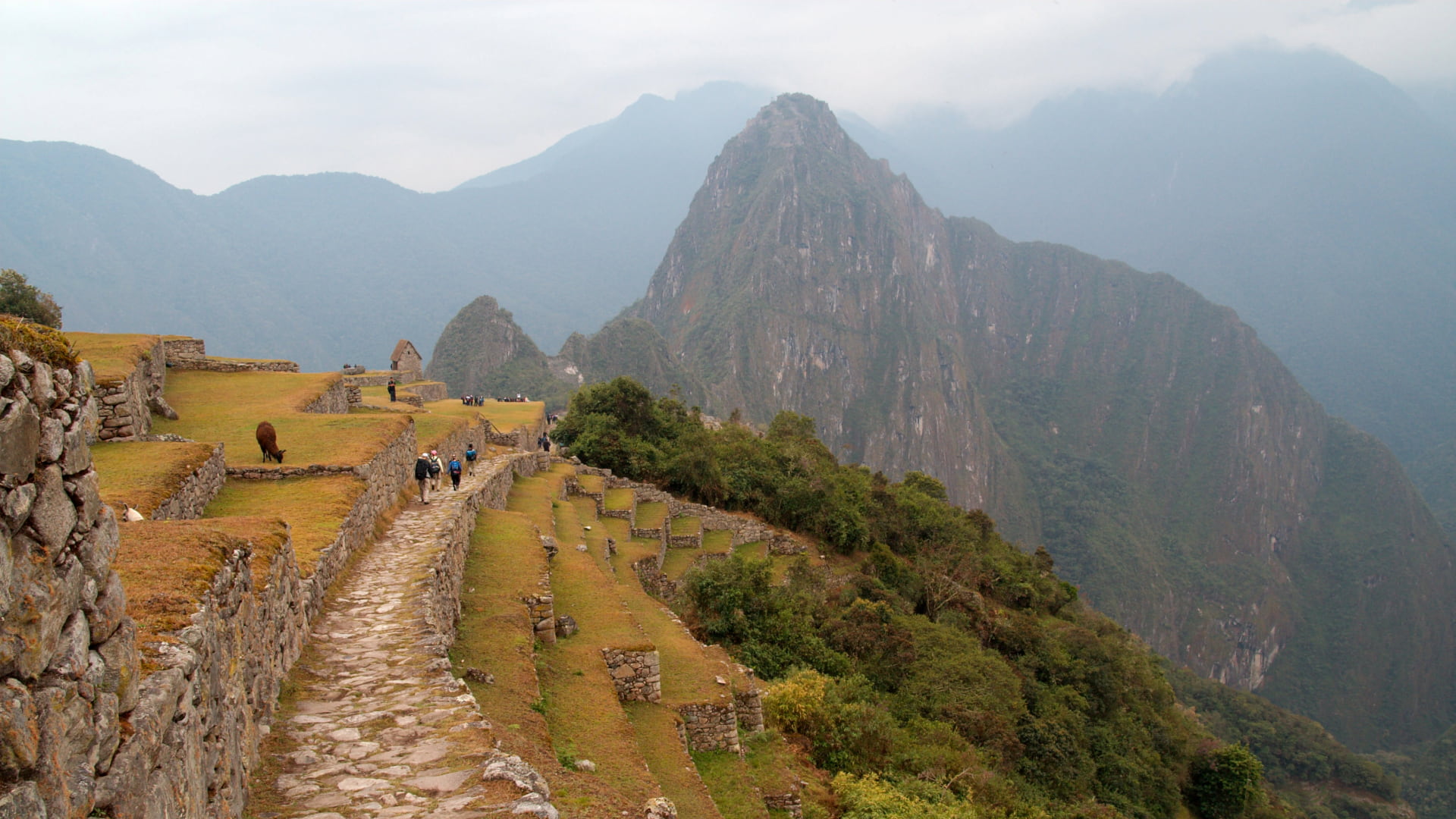
Visiting Peru is an adventure that combines culture, history and unforgettable natural landscapes. Among the most outstanding alternatives to discover the magic of the Andes and the lost city of Machu Picchu, two main routes stand out: the Inca Trail one day and the Classic Inca Trail (4 days/3 nights).
Both routes offer a unique experience, the difference is in the duration, difficulty and depth of exploration. If you are planning to travel to Peru and do not know which route to choose, in this article we present a detailed comparison to help you choose.
1. What is the One-Day Inca Trail?
The One-Day Inca Trail is a short route of the popular Inca Trail. Designed for those who wish to venture along authentic Inca trails, but are short on time or prefer a more accessible physical challenge.
- Duration: 1 day (approximately 7-8 hours of hiking).
- Distance: 10 km (6.2 miles).
- Starting point: Km 104 of the railroad to Machu Picchu.
- Main highlight: Entrance to Machu Picchu through the Sun Gate (Inti Punku), with spectacular views.
- Difficulty level: Moderate.
The excursion starts early in the morning with a train ride to Km 104, where you will begin a gradual ascent through the Andean vegetation. On the way, you will visit the impressive archaeological complex of Wi├▒ay Wayna, one of the most spectacular of the tour. Finally, you will arrive at the Sun Gate for a panoramic view of Machu Picchu as the sun bathes the ruins in light.
2. What is the Classic Inca Trail?
Considered the most emblematic trekking route in Peru and one of the most famous in the world. It covers ancient Inca trails, mountain and jungle landscapes, and several archaeological sites until reaching Machu Picchu.
- Duration: 4 days and 3 nights.
- Distance: 42 km (26 miles).
- Starting point: Km 82 of the railroad to Machu Picchu.
- Main highlight: Several Inca vestiges along the way, with an impressive arrival to Machu Picchu through the Sun Gate.
- Difficulty level: High.
The tours last between 6 and 8 hours a day, between challenging ascents and descents between mountain passes, such as the well-known Warmiwa├▒usca (ÔÇťDead Woman's PassÔÇŁ) at 4,215 m.a.s.l. Also, you will visit archaeological sites such as Runkurakay, Sayacmarca and Phuyupatamarca, each with its respective history and enigma.
You will end the fourth day with the arrival at the Sun Gate, where you will get your first view of Machu Picchu, an amazing reward after days of trekking.
3. Key differences between the One Day Inca Trail and the Classic Inca Trail
The comparison between the Classic Inca Trail and the Inca Trail One Day highlights two distinct ways to experience Peru's legendary path to Machu Picchu. The Classic Inca Trail spans four days, offering a comprehensive journey through multiple archaeological sites, diverse landscapes, and the iconic arrival at the Sun Gate. In contrast, the Inca Trail One Day condenses the adventure into a single-day hike, perfect for those with limited time, featuring a shorter but equally rewarding trek to Machu Picchu. Both options showcase the beauty and history of the Inca civilization, catering to different schedules and preferences.
4. Advantages of each option
Why opt for the One Day Inca Trail?
- Limited time: Perfect for those who have limited time but want to live the authentic Inca Trail experience.
- Less effort: Requires less physical conditioning and less endurance.
- Spectacular views: You will enjoy the iconic arrival to Machu Picchu through the Sun Gate.
- Flexibility: You will not need to camp or carry heavy equipment.
Why choose the Classic Inca Trail?
- Complete experience: You will merge demanding hikes, incredible landscapes and visits to multiple archaeological sites.
- Cultural and historical immersion: Explore the richness of the Inca civilization and its trails.
- Unforgettable reward: The satisfaction of completing the physical challenge and reaching Machu Picchu is priceless.
Contact with nature: You will connect with Andean landscapes, cloud forest and starry skies during the nights of camping.
5. Curiosities About Inca Trail One Day vs Classic Inca Trail
-
Limited Sun Gate Experience:
Both the One-Day and Classic Inca Trails offer entry to Machu Picchu through the iconic Sun Gate (Inti Punku). However, the experience differs: the Classic Inca Trail provides a magical sunrise arrival, while the One-Day Inca Trail typically reaches the Sun Gate in the afternoon, offering fewer crowds but softer lighting. -
Hidden Gems Along the Way:
The Classic Inca Trail features multiple archaeological sites such as Runkurakay, Phuyupatamarca, and Sayacmarca, giving trekkers a deep dive into Inca history. Meanwhile, the One-Day Trail highlights Wi├▒ay Wayna, considered one of the most beautiful Inca sites, yet not accessible on the longer trail. -
Physical Challenge:
The Classic Inca TrailÔÇÖs Dead WomanÔÇÖs Pass is legendary among trekkers for its difficulty and breathtaking altitude at 4,215 m (13,828 ft). The One-Day Inca Trail skips this section, making it more accessible to travelers who want a shorter trek without the high-altitude challenges. -
Popularity vs. Solitude:
The Classic Inca Trail is more famous and highly sought after, requiring permits that often sell out months in advance. The One-Day version, while still requiring permits, offers slightly more availability and caters to travelers seeking less crowded paths.
6. Travel Recommendations
If you plan to do one of these hikes, consider the following recommendations:
- Reserve in advance: Access is limited, especially in high season (May to September).
- Acclimatization: Stay 2 or 3 days in Cusco or the Sacred Valley before starting the trek.
- Prepare your physical condition: Hike and exercise before the trip, especially if you opt for the Classic Inca Trail.
- Bring the right equipment: Comfortable trekking shoes, layered clothing, sunscreen, insect repellent, hat and a good backpack.
- Stay hydrated and take care of your diet: Carry water, energy snacks and omit heavy foods before and during the hike.
- Choose a certified operator: Verify that the registered agency offers experienced guides and reliable porters.
- Respect the environment: Do not leave garbage, respect archaeological sites and follow instructions.
7. Which is the best option for you?
Choosing between the one-day Inca Trail and the Classic Inca Trail (4 days) depends on your time, physical condition and travel style:
- If you want a short, accessible and not so strenuous experience, the one-day Inca Trail is ideal.
- If you are looking for a unique experience, exploring Inca history and challenging your limits, the Classic Inca Trail will be memorable.
Both ensure a wonderful arrival at Machu Picchu, a site full of enigmas and beauty.
Get ready for historic trails, admire breathtaking landscapes and connect with the ancient Inca culture and traditions!
